Physics
(this page is currently under construction)"Physics isn't a religion. If it were we'd have a much easier time raising money."
--Leon Lederman
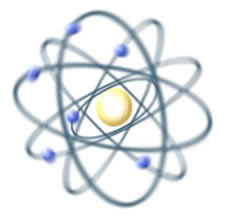
In recent years, I have gone back to working in applied nuclear
physics, especially in radiation detection. This usually involves a lot of
travelling, but I enjoy it. I also work a bit in other fields such as
signal processing, acoustics, seismology, and biosurveillance.
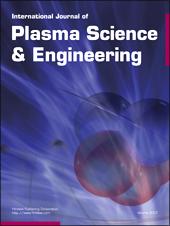
Until recently, I served as Editor-in-Chief of the International Journal of Plasma Science
and Engineering that you can find
here. If you
have an interesting original research article in any field of plasma
physics, check them out. The journal is open access, and focuses on
bridging the gap between new concepts and theory to practical
implementation. They welcome unpublished manuscripts in any
area of the physics of plasmas.

Here is a picture of me in the low coastal desert area near Ancón,
Peru (north of Lima). I am setting up a series of magnetic sensors
(to be specific, BF-6 magnetometers) to measure very low-frequency
electromagnetic radiation from the ionosphere.
I loved Peru. Especially the people.
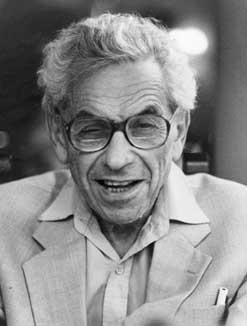
With the help of a friend, I recently determined that my
Erdös number
is 5--which was pretty surprising to me. For those who might not know,
the Erdös number is a way of describing the collaborative distance (in
regard to scientific papers) between a given author (i.e., me) and Paul
Erdös, the famous and prolific Hungarian Jewish mathematician.
Here are
the explicit details of the "collaborative distance measure" between
Erdös and myself.
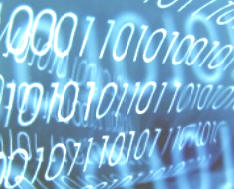
If you came to my site looking for the object-oriented particle-in-cell plasma code OOPIC/XOOPIC, I am no longer involved with this project. The public version of XOOPIC is still available at the Plasma Theory and Simulation Group at UC Berkeley. You can find more information (including the ability to download the latest version of XOOPIC) at the PTSG web site here. Alternatively, there is now an enterprise version of XOOPIC, (including the Windows version OOPIC) that is being sold by the highly-competent people at Tech-X Corp. in Boulder, CO. You can find out more information about it here.
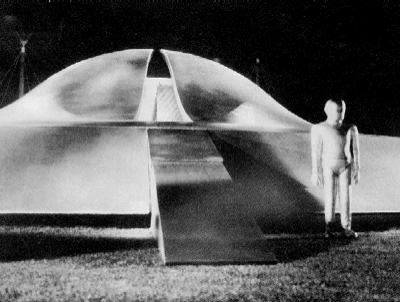
I came to science through my childhood interests in chemistry sets (remember those?) and star gazing. And especially science fiction. I devoured the novels of Robert Heinlein, and loved watching classic movies like The Thing, Them, and The Day the Earth Stood Still. As a young kid watching TV in Chicago, how could I not want to be a scientist watching Truman Bradley host Science Fiction Theatre? Yes, I thought that I would be a scientist working under some old university professor (with the hot-looking daughter who would fall in love with me). And I would then go on to save the Earth from aliens :-).
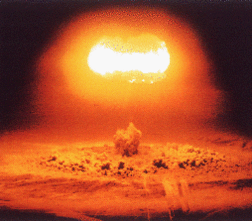
It was a blast working at
Los Alamos
in the 1980s when nuclear tests were still being done.
Physics is not only fun, but it is the
most fundamental of all the sciences. I am now working
in biosurveillance algorithms, data mining, signal processing,
and (of course) nuclear physics. The training that
a physicist gets usually allows him to work
in many different areas. To all you kids out there: consider
physics as a career!
Here are my physics notebooks that I started putting on-line a couple of years ago. I got the idea of making these notebooks from Cosma's Home Page, himself a physicist who apparently shares my love of reading Nietzsche (whom I began to read in high school). Anyway, his idea of developing notebooks consisting of notes, small essays, explanations, and questions on various topics in physics is absolutely wonderful. Nowadays, I have begun to use my blog instead.